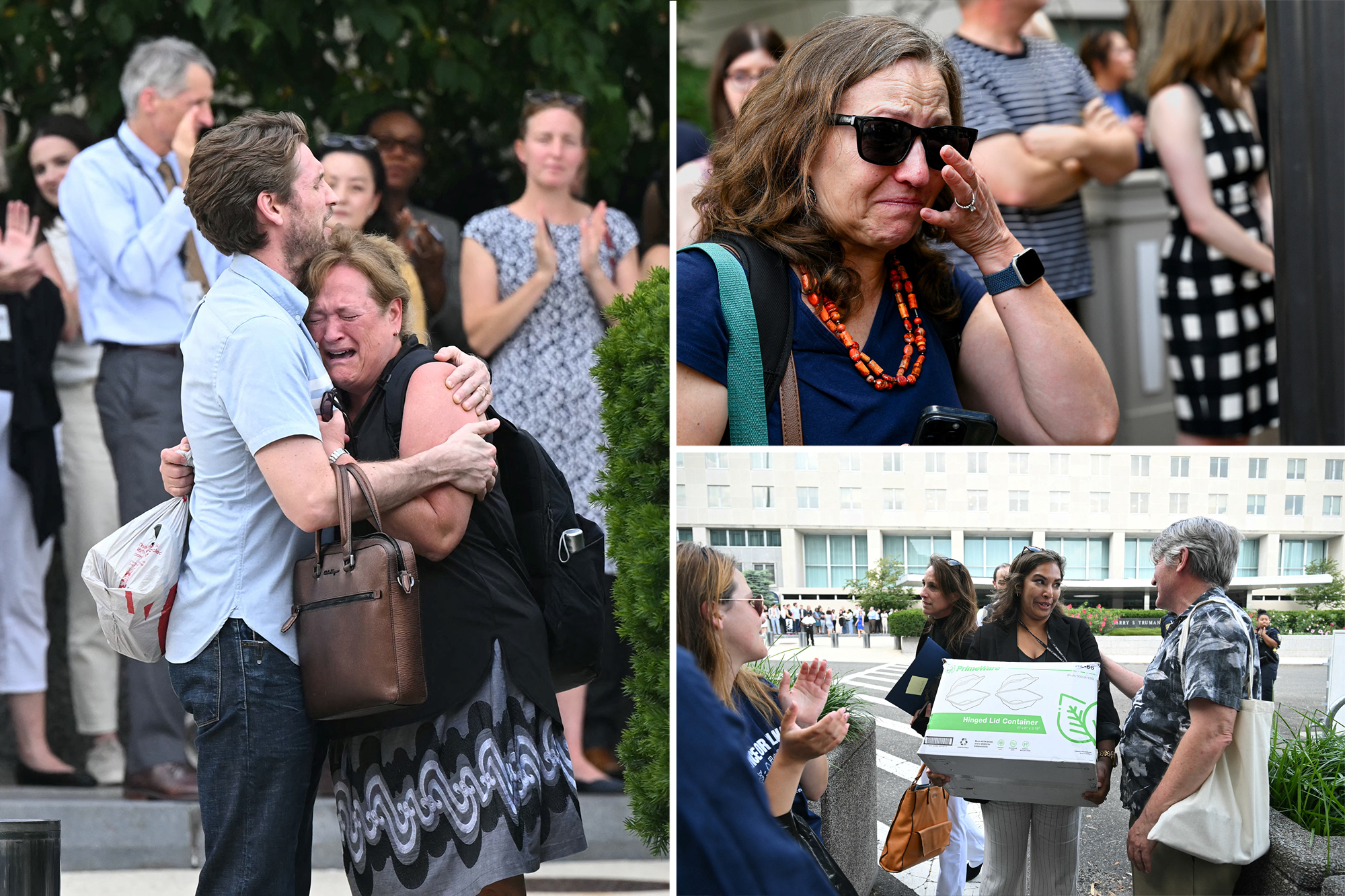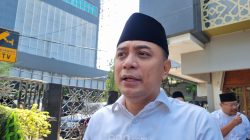Major Layoffs at the State Department Signal Shift in Federal Workforce Strategy
The U.S. State Department has initiated a significant restructuring effort, marking the beginning of the termination of over 1,300 positions as part of a broader strategy to reduce the size of the federal workforce. This move is seen as an extension of the Trump administration’s approach to streamline government operations and focus on core functions.
Impact on Civil Servants and Foreign Service Officers
The layoffs are expected to affect 1,107 civil servants and 246 foreign service officers who are currently stationed in the United States. Employees started receiving termination notices early in the morning, informing them that their roles would be “abolished.” By the afternoon, several affected staff members were seen leaving the State Department’s headquarters, visibly emotional as they departed. Outside the Harry S. Truman Building, near the White House, a group of supporters clapped for those leaving, highlighting the personal impact of these decisions.
The official communication sent to the affected employees stated that “headcount reductions have been carefully tailored to affect non-core functions, duplicative or redundant offices.” This message aims to reassure staff that the cuts are not arbitrary but rather strategic in nature.
Timeline and Process for Laid-Off Staff
Foreign service officers who are being laid off will be placed on administrative leave for 120 days before officially losing their jobs. For civil servants, the separation period will be 60 days. This timeline allows for a transition period, during which affected employees may seek alternative employment or reassignment within the department.
Secretary of State’s Perspective
Secretary of State Marco Rubio emphasized that the cuts are intended to make the diplomatic department more efficient and focused. He explained that the reduction in staff is not about getting rid of people but rather about closing bureaus that no longer require certain positions. “Understand that some of these are positions that are being eliminated, not people,” he said during a press conference in Malaysia.
Legal and Administrative Context
These layoffs come shortly after the Supreme Court overturned a lower court order that had paused the Trump administration’s plans for “large-scale reductions in force” across several federal agencies. This legal development paved the way for the State Department to proceed with its restructuring efforts.
In a separate communication, State Department Deputy Secretary for Management and Resources Michael Rigas warned staff that the mass layoffs were imminent. In an email to employees, he noted that “once notifications have taken place, the Department will enter the final stage of its reorganization and focus its attention on delivering results-driven diplomacy.”
Reorganization Plan and Staff Reductions
Earlier this year, in May, the department submitted its reorganization plan to Congress, which included an 18% reduction in U.S.-based staff. The plan also proposed the elimination of approximately 300 divisions and offices, including those responsible for overseeing the war in Afghanistan and resettling Afghan nationals who supported U.S. military efforts in the region.
Criticism and Concerns from Diplomats’ Union
Critics of the reorganization argue that these cuts could undermine U.S. interests. The American Foreign Service Association expressed concern over the rapid reduction in diplomatic staffing, noting that the U.S. has already shed at least 20% of its diplomatic workforce in less than six months through the closure of institutions and forced resignations.
The diplomats’ union criticized the Trump administration for implementing these cuts during a time of global instability. They argued that “clear, institutional mechanisms” could have addressed issues related to excess staffing without resorting to mass layoffs. According to the union, the current approach is not reform but rather a targeted effort against diplomats based on their assignments rather than their performance or skills.
Conclusion
The ongoing layoffs at the State Department reflect a broader shift in how the federal government manages its workforce. While officials argue that the changes are necessary for efficiency and focus, critics warn that the loss of experienced diplomatic personnel could have long-term consequences for U.S. foreign policy and global engagement. As the department moves forward with its reorganization, the debate over the balance between streamlining operations and maintaining a strong diplomatic presence continues.






